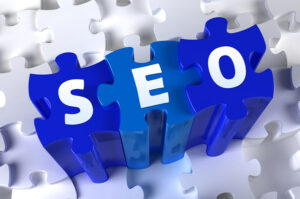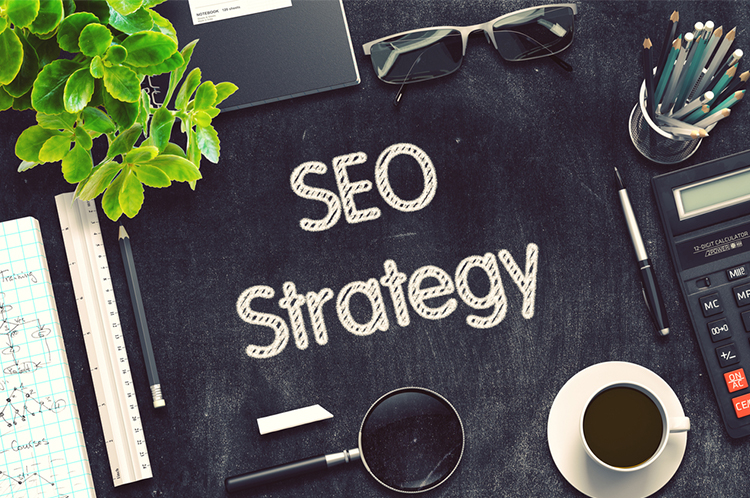In the world of Digital Marketing, Images are an important part of your website and optimizing them for improving SEO ranking correctly can give you better results in SERP. In recent times, image marketing has become a major trend for all websites since it is more engaging.
From catching the eyes of your potential customers to your content to reducing the loading time or ranking higher in the SERP, SEO image optimization is something you should never neglect at all.
This blog is going to give you easy tricks on how to optimize your images for SEO rankings.
- Name your images properly while optimizing images for SEO
It is more convenient to keep your image filename by default. But it is not a great idea for SEO purposes. It is important to name your images with proper keywords to rank your images better in SERP. Crawlers not only index your text but are also look for keywords within your image filenames. Also, it is advisable to use English as it is the most common language for search engines.
- Fill your Alt tags in order to improve SEO ranking
Alt tag adds an extra value to your SEO. It actually attributes extra keywords to your images and can increase the ranking in SERP. You can fill your alt tag in plain English. You should never over-stuff keywords as it might get penalized.


- Use unique images
Duplicate content is never accepted by Google and for this reason, also your website might get affected. It works the same for images as well. If you are using images that have been seen multiple times on websites, Google will not take the time to rank them on SERP. Matt Cutts stated that duplicate images will not be ranked or might have an impact on your ranking as well. Unique images give weightage to your quality.
- Reduce your images size
The average page load time is about 3 seconds on a desktop or a laptop and is about 5 seconds on mobile and tabs. Knowing that Google is considering loading time as an important aspect to rank your website, you should not underestimate it.
Loading your images depending on the size of your image and therefore, you have to use photoshop to adjust the image for web resolution without compromising with the image quality. You can also use alternate free editing tools.
- Use the right format for the image optimization in SEO
There are two common file types used for images i.e JPEG and PNG. JPEG offers a high rate of compression while PNG is preferred for a smaller image with fewer details like small icons or logos. Use these formats according to your requirement.
- Build your image sitemap
Site map supports images as now we are able to add a caption, location, title, and license for each image we use on our website. However, we should be careful to not use thumbnail images.
You can learn more about the algorithm of Google to understand the do’s and don’t while doing SEO by joining DIDM.
Read More: SEO STRATEGY: FOR REBRANDING AND CHANGING DOMAINS FOLLOW THESE 4 KEYS



